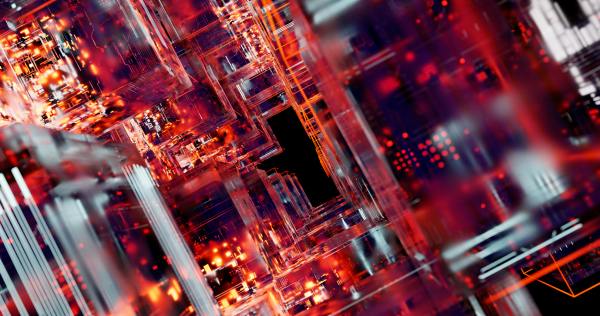The food industry is the main manufacturing activity in the European Union, accounting for 14.2% of production and worth more than 1,093 billion euros. Meanwhile, in Spain, as the Annual Report of the Spanish Food Industry 2021-2022 from the Ministry of Agriculture, Fisheries and Food, it is the leading manufacturing branch of the industrial sector, according to the latest data from the INE’s Structural Company Statistics, with a turnover of 126,354.1 M€.
This represents 25.4% of the manufacturing sector and 22.5% of the people employed in Spain. Moreover, the number of companies in the industry stands at 30,260 according to the latest data collected by the INE’s Central Business Directory, which represents 15.7% of the country’s entire manufacturing industry.
However, although the figures support its importance in the country’s productive fabric, the sector faces serious problems that impede its innovation and regeneration.
AI in the food industry. Solutions for the sector
Tools such as artificial intelligence in the food industry have contributed to help and guarantee safety, quality, supply and avoidance of waste as a result of the technological revolution that the sector has undergone in recent years, which has transformed the way food is produced.
Food security
The FAO, the Food and Agriculture Organisation of the United Nations, has long warned about the lack of food security. As stated in its latest report ‘The State of Food Security and Nutrition in the World 2021’, the situation has worsened in the wake of the pandemic. One third of the world’s population could not access safe food in 2020, which is about 2.37 billion people, 320 million more than in 2019.
Here, AI is used to promote food safety and quality, thereby reducing the risk of contamination and, above all, unhealthy conditions, through the use of monitoring systems. They can measure production patterns, alert producers when problems are detected, analyse risks or critical points in production and assess consumer health fraud.
Supply shortages
Covid-19, the war in Ukraine and climate change are complicating access to and supplies of certain foods in many geographical areas. Beer, milk and water were among the products with the lowest availability rate, according to the latest Barometer of the AECOC, the Association of Manufacturers and Distributors.
The food supply chain was already applying technology, but AI can improve its efficiency and profitability at all stages of production. AI in the supply chain provides information on demand forecasting, and through the use of algorithms, transport routes are optimised to reduce fuel costs. In addition, intelligent real-time inventory management streamlines warehousing, reducing costs and ensuring food availability, improving the customer experience.
Increase in food waste
Food waste is a global problem, with approximately 1.7 billion tonnes of food wasted each year, according to FAO data. A Eurostat study states that 57 million tonnes of food were wasted in the European Union in 2020 at all stages: processing, distribution and catering. Spain alone wastes a total of 90 kilos of food per person per year, although the figure is high, it is among the countries where the least food is thrown away.
AI in the food industry not only benefits society economically by preventing food waste, but also enables the general population to have access to food. Intelligent machines accurately track inventory by collecting images that are transformed into data, and by using algorithms that take into account different parameters dictated in advance, such as weather, food freshness or demand predictions. In this way, a rough estimate of the correct amount of food needed is produced.
Rising prices
According to the report ‘Commodity Markets Outlook’ from the World Bank, the war in Ukraine has disrupted the global order of food trade, production and consumption, and prices will continue to rise until the end of 2024, thereby exacerbating food insecurity, unhealthy conditions and inflation.
The same international organisation warns that this price increase, mainly due to geopolitical causes, will increase extreme poverty, hunger and malnutrition, threatening the global development of the population.
As a solution to this problem, there are AI algorithms specifically designed for the dynamic pricing of perishable goods. The price is ideally matched to the expiry date, so those with a shorter shelf life will receive a discount on the cost. To carry out this process, a system of advanced sensors is needed that can learn to detect product conditions, predict spoilage and quality and, consequently, determine a price.







